John W. Cell1406701467, 9781406701463
Engineering Problems Illustrating Mathematics A Project of the Mathematics Division of the Society for the Promotion of Engineering Education JOHN W. CELL Chairman of Committee Associate Professor of Mathematics in the College of Engineering, North Carolina State College FIRST EDITION FIFTH IMPRESSION McGRAW-HILL ENGINEERING PROBLEMS ILLUSTRATING MATHEMATICS COPYRIGHT, 1943, BY THE EDITORIAL COMMITTEE J. W. CELL, W. C. BRENKE, G. E. MOORE, C. C. TORRANCE PRINTED IN THE UNITED STATES OP AMERICA All rights reserved. This book, or parts thereof, may not be reproduced in any form without permission of the Editorial Committee. CONTENTS FOREWORD A PROJECT OF THE MATHEMATICS DIVISION OF THE SOCIETY FOR THE PROMOTION OF ENGINEERING EDUCATION v PREFACE ix INTRODUCTION BY ROBERT E. DOHERTY xi PART I COLLEGE ALGEBRA RADICALS AND EXPONENTS 1 QUADRATIC EQUATIONS 2 COMPLEX NUMBERS 5 LOGARITHMS 5 SIMULTANEOUS EQUATIONS 7 VARIATION 8 BINOMIAL THEOREM 9 PROGRESSIONS 10 THEORY OF EQUATIONS 12 DETERMINANTS AND SIMULTANEOUS LINEAR EQUATIONS 15 PART II TRIGONOMETRY FUNDAMENTAL IDENTITIES 22 RIGHT TRIANGLES 23 OBLIQUE TRIANGLES 25 MULTIPLE ANGLE IDENTITIES 27 GRAPHS OF THE TRIGONOMETRIC FUNCTIONS. LINE VALUES 28 TRIGONOMETRIC EQUATIONS 31 COMPLEX NUMBERS. DEMOIVRES THEOREM 33 PART III ANALYTIC GEOMETRY ELEMENTARY FORMULAS 37 STRAIGHT LINES 38 CURVE SKETCHING 43 GRAPHS OF THE CURVES y ax n 46 CIRCLES 49 PARABOLAS 51 ELLIPSES 54 vii viii CONTENTS PAGE HYPERBOLAS 55 ROTATION OF AXES 57 GRAPHS OF SINE WAVES 58 EXPONENTIAL AND LOGARITHMIC GRAPHS 61 HYPERBOLIC FUNCTIONS 63 POLAR COORDINATES 64 PARAMETRIC EQUATIONS 66 EMPIRICAL CURVES 71 ELEMENTARY FORMULAS IN SOLID ANALYTIC GEOMETRY 75 SURFACES IN SOLID ANALYTIC GEOMETRY 79 PART IV DIFFERENTIAL CALCULUS USES AND INTERPRETATIONS OP DERIVATIVES 83 TANGENT AND NORMAL 86 CURVE SKETCHING. MAXIMUM, MINIMUM, AND FLEX POINTS …. 90 MAXIMUM AND MINIMUM PROBLEMS 93 VELOCITY AND ACCELERATION. RECTILINEAR MOTION 100 VELOCITY AND ACCELERATION. CURVILINEAR MOTION 102 DIFFERENTIALS 105 CURVATURE 106 INDETERMINATE FORMS 107 RELATED RATES 110 PARTIAL DIFFERENTIATION 110 PART V INTEGRAL CALCULUS CONSTANT OF INTEGRATION 114 EVALUATION OF DEFINITE INTEGRALS 122 DEFINITE INTEGRALS. SIMPSONS RULE AND TRAPEZOIDAL RULE. . . 125 AREAS. AVERAGE ORDINATE 127 LENGTH OF ARC. AREAS OF SURFACES OF REVOLUTION 131 VOLUMES 133 FIRST AND SECOND MOMENTS 135 TOTAL FORCE 140 WORK 141 OTHER APPLICATIONS OF INTEGRAL CALCULUS 143 INFINITE SERIES 149 HYPERBOLIC FUNCTIONS 153 INDEX 157 ANSWERS 161 PREFACE The problems in this collection are designed to give to the freshman and sophomore engineering student some understanding of the uses of mathematics in junior and senior engineering courses, and hence of the necessity of a thorough foundation in mathematics. These problems should help to answer the eternal question, Why study this topic The early training of an engineering student should contain an appreciation of how engineering problems are translated into mathematics problems. The Report on the Aims and Scope of Engineering Curricula in The Journal of Engineering Education , vol. 30, March, 1940, pp. 563-564 states that The scientific-technological studies should be directed toward 1. Mastery of the fundamental scientific principles and a command of basic knowledge underlying the branch of engineering which the student is pursuing. This implies a. grasp of the meaning of physical and mathematical laws, and knowledge of how they are evolved and of the limitations in their use b. knowledge of materials, machines, and structures. 2. Thorough understanding of the engineering method and elementary competence in its application. This requires a. comprehension of the interacting elements in situations which are to be analyzed 6. ability to think straight in the application of fundamental principles to new problems … Another quotation from an address by Dr… |
Table of contents :
Title……Page 1
Title page……Page 3
Date-line……Page 4
CONTENTS……Page 5
Preface……Page 7
Radicals and Exponents……Page 9
Quadratic Equations……Page 10
Logarithms……Page 13
Simultaneous Equations……Page 15
Variation……Page 16
Binomial Theorem……Page 17
Progressions……Page 18
Theory of Equations……Page 20
Determinants and Simultaneous Linear Equations……Page 23
Right Triangles……Page 30
Oblique Triangles……Page 33
Multiple Angle Identities……Page 35
Graphs of the Trigonometric Functions. Line Values……Page 38
Trigonometric Equations……Page 39
Complex Numbers. DeMoivre’s Theorem……Page 41
Elementary Formulas……Page 45
Straight Lines……Page 46
Curve Sketching……Page 51
Graphs of the Curves: $y=ax^n$……Page 54
Circles……Page 57
Parabolas……Page 59
Ellipses……Page 62
Hyperbolas……Page 63
Rotation of Axes……Page 65
Graphs of Sine Waves……Page 66
Exponential and Logarithmic Graphs……Page 69
Hyperbolic Functions……Page 71
Polar Coordinates……Page 72
Parametric Equations……Page 74
Empirical Curves……Page 79
Elementary Formulas in Solid Analytic Geometry……Page 83
Surfaces in Solid Analytic Geometry……Page 87
Uses and Interpretations of Derivatives……Page 91
Tangent and Normal……Page 94
Curve Sketching. Maximum, Minimum, and Flex Points……Page 98
Maximum and Minimum Problems……Page 101
Velocity and Acceleration. Rectilinear Motion……Page 108
Velocity and Acceleration. Curvilinear Motion……Page 110
Differentials……Page 113
Curvature……Page 114
Indeterminate Forms……Page 115
Partial Differentiation……Page 118
Constant of Integration……Page 122
Evaluation of Definite Integrals……Page 130
Definite Integrals. Simpson’s Rule and Trapezoidal Rule……Page 133
Areas. Average Ordinate……Page 135
Length of Arc. Areas of Surfaces of Revolution……Page 139
Volumes……Page 141
First and Second Moments……Page 143
Total Force……Page 148
Work……Page 149
Other Applications of Integral Calculus……Page 151
Infinite Series……Page 157
Hyperbolic Functions……Page 161
Index……Page 165
Answers……Page 169 |
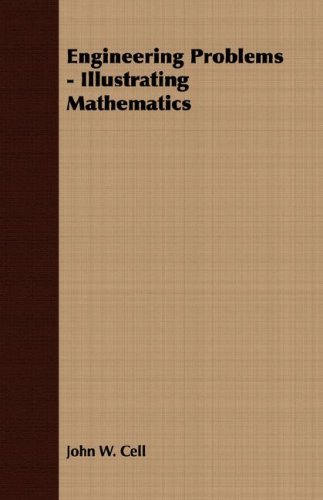
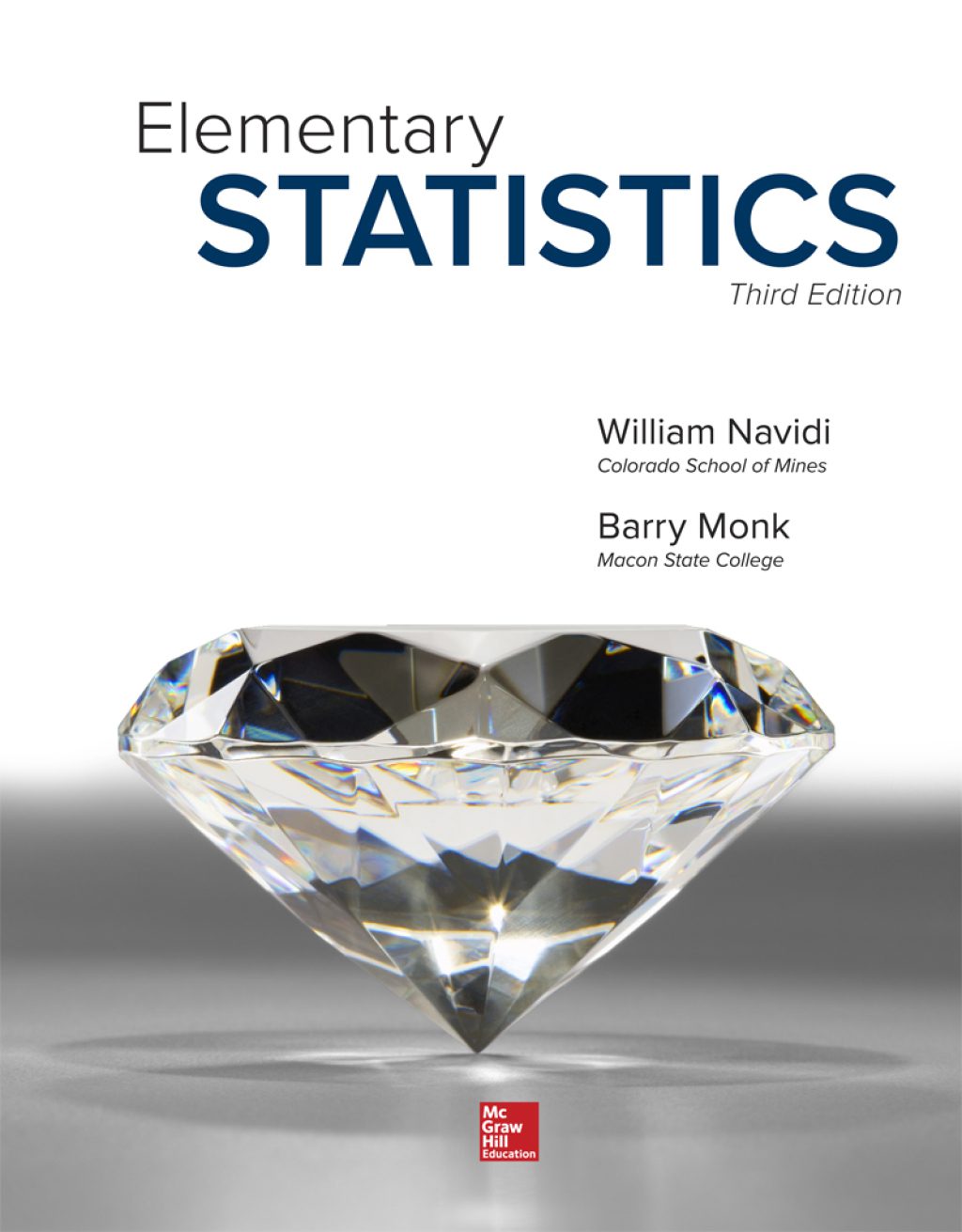
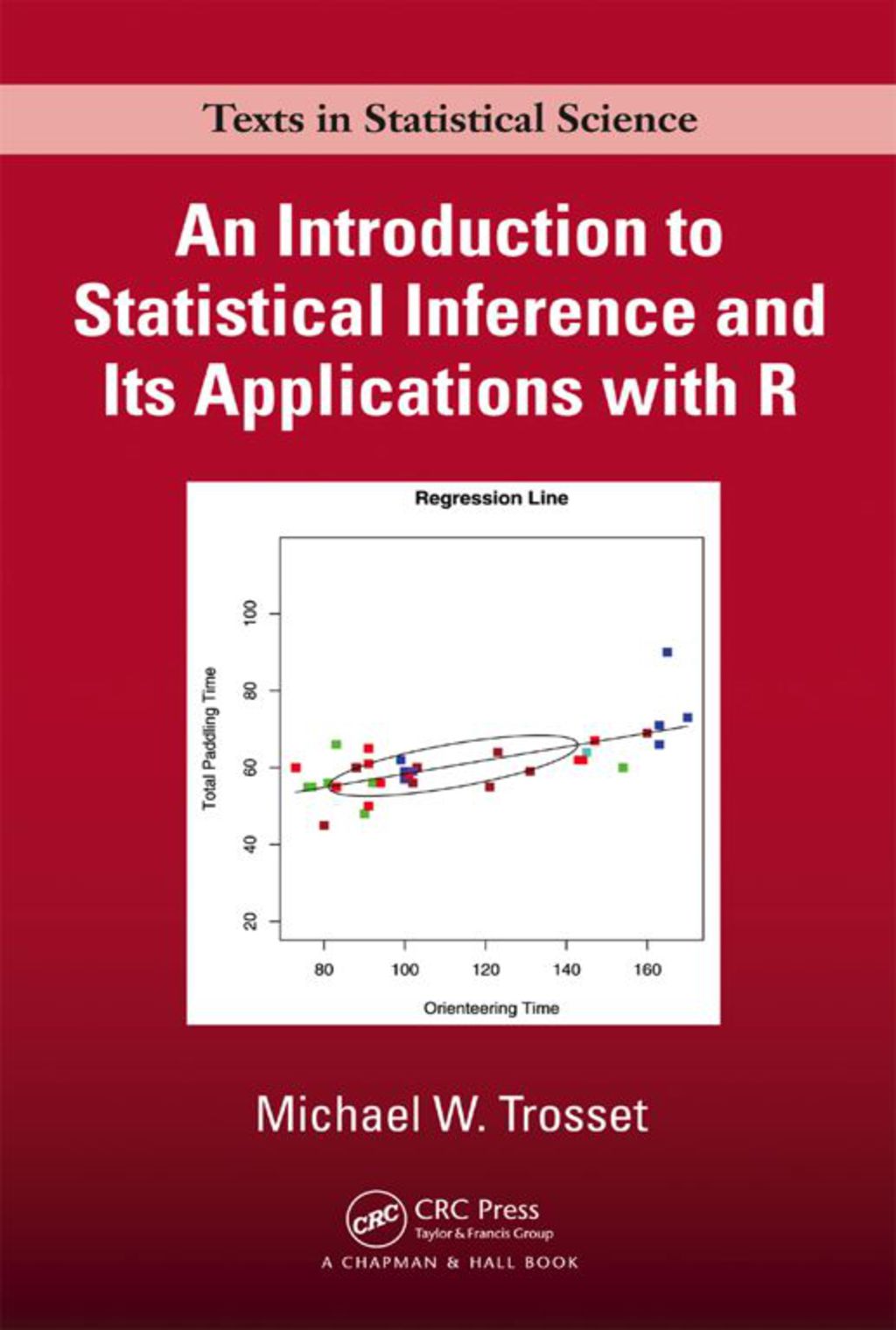
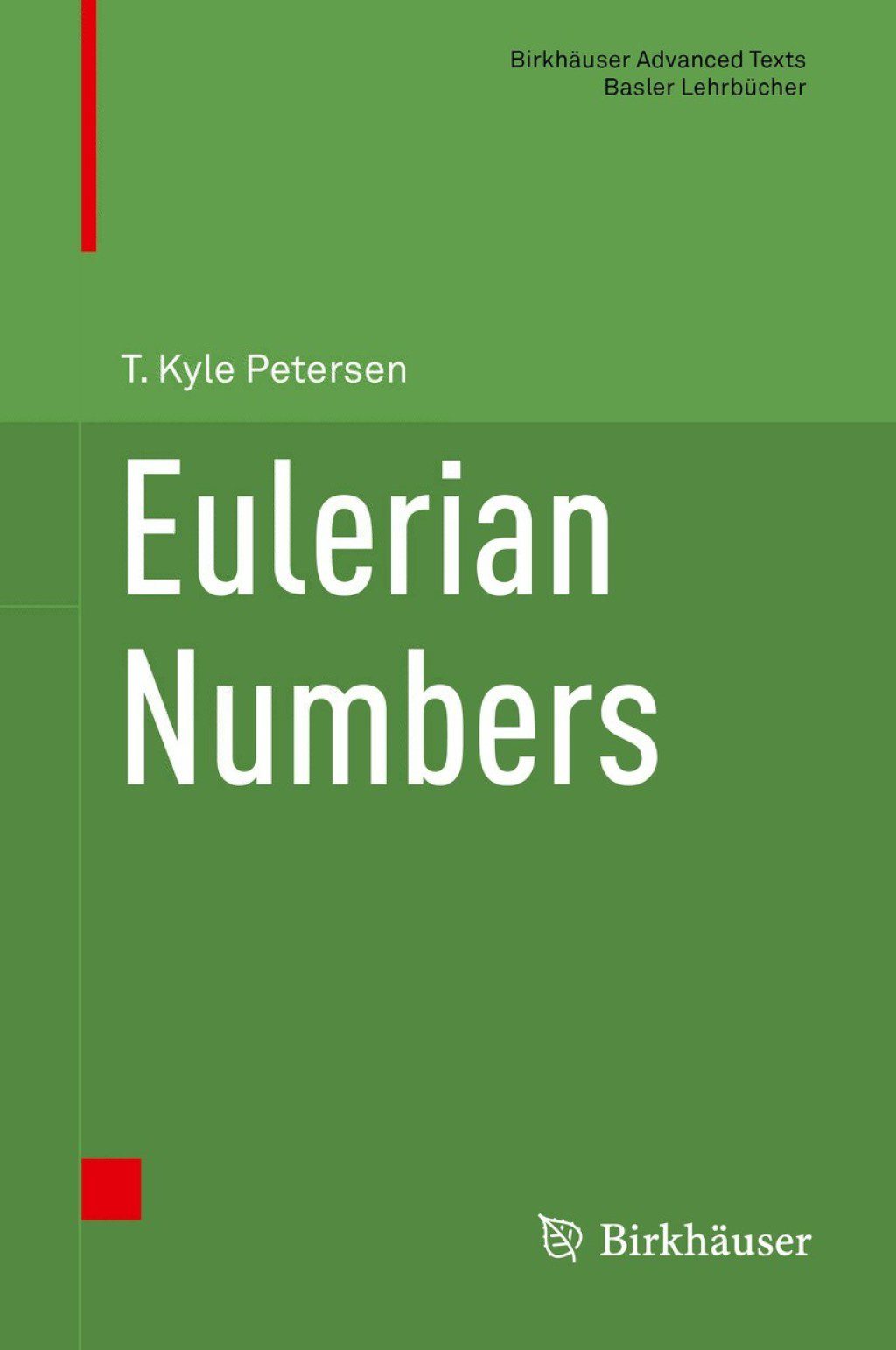


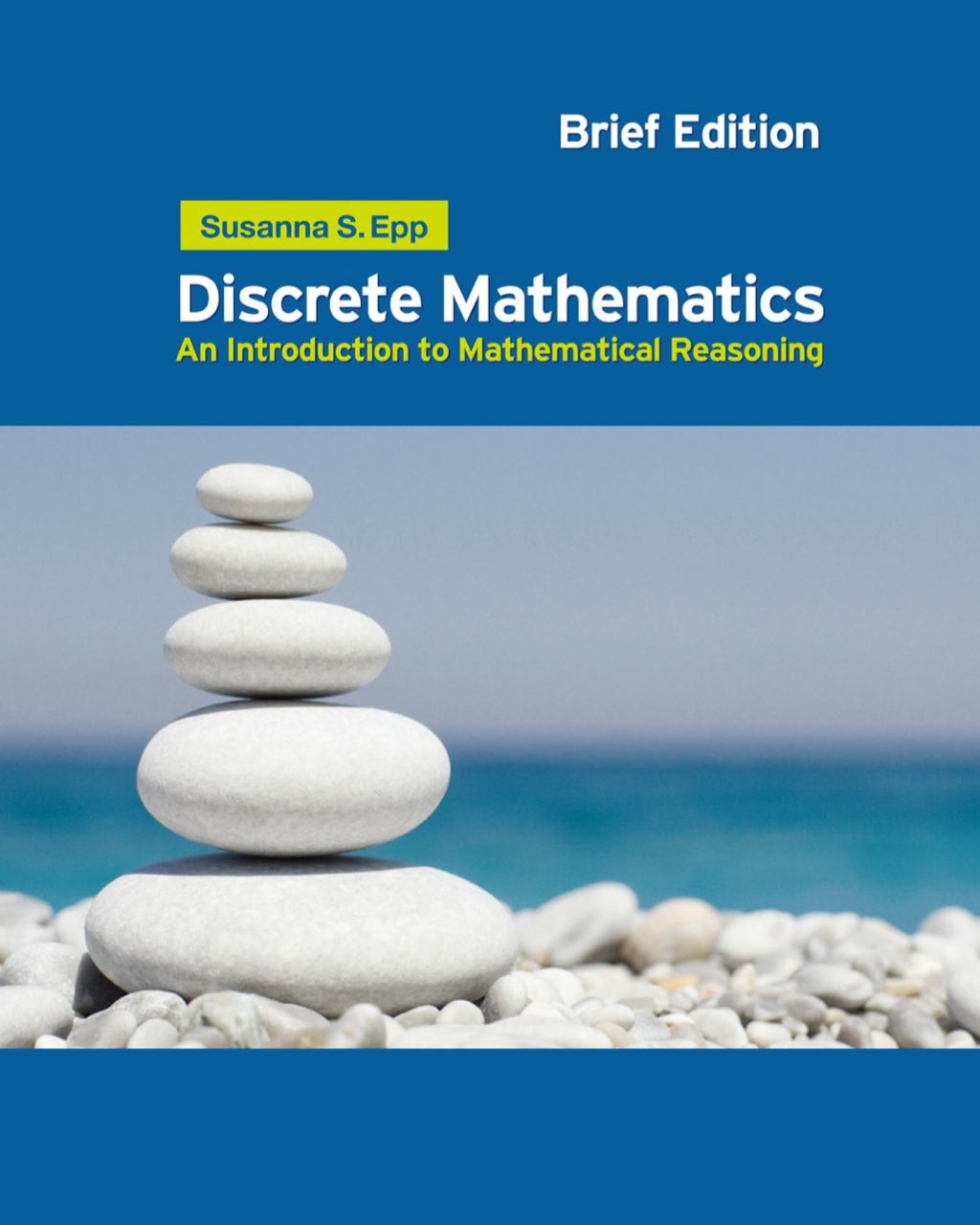
Reviews
There are no reviews yet.